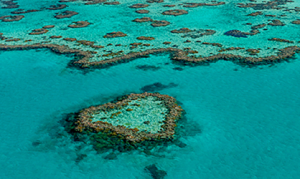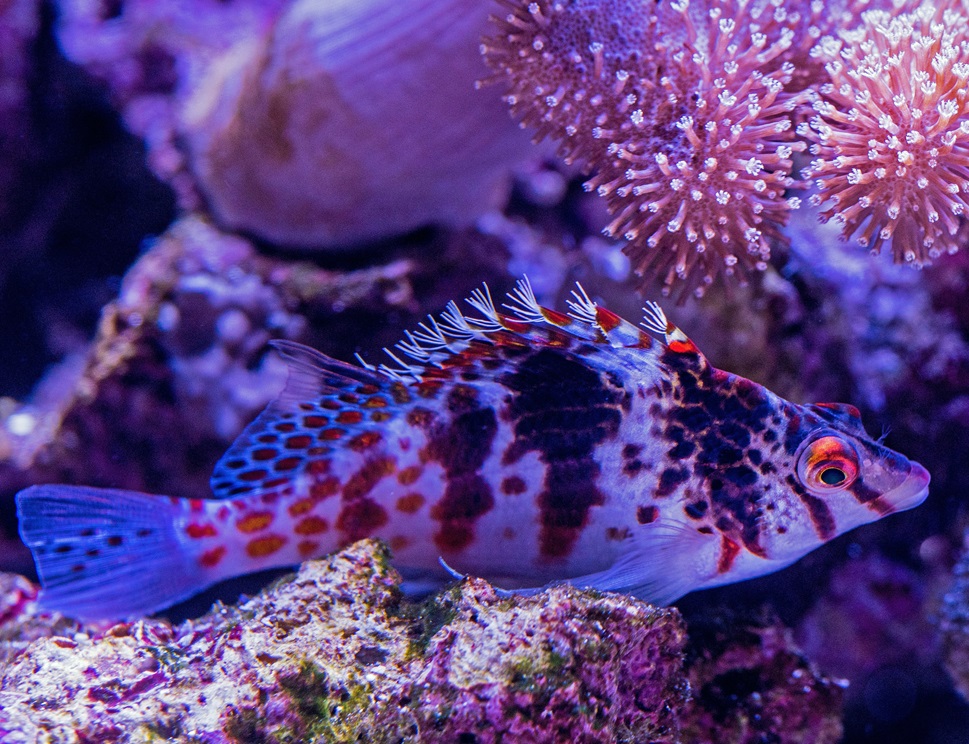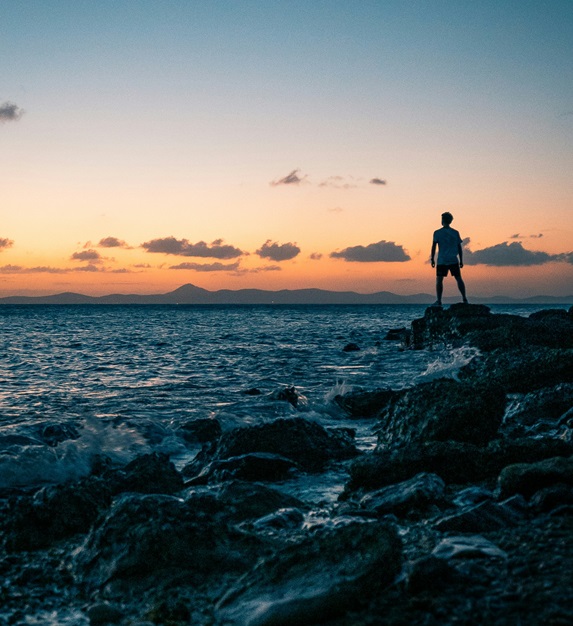Australian Cultural Heritage: The Great Barrier reef: introduction and Key Facts

Great Barrier Reef Heart Reef : one of 3000 reefs
This is our fourth update on Australia’s cultural heritage and one of two articles about The Barrier Reef. If you are emigrating to Australia, you should know about it’s place in the world’s heritage. The Great Barrier Reef is one of the world’s most biologically diverse natural environments, made up of a variety of different aquatic ecosystems. Covering some 348,000sqkm it is the world’s most extensive coral reef system. In fact it is so large it can be seen from space!
Indeed, the incredible maze of coral reefs, continental islands, coral cays and mangrove islands attracts 1.9 million people every year. Another one million people are lucky enough to live in the region. Moreover, it contributes more than $5 billion to the Australian economy, and generates about 63,000 jobs.
The Great Barrier Reef is, also, one of the natural wonders of the world and was inscribed on the World Heritage List in 1981. First, this was for its unique natural attributes and second for its enormous scientific and environmental importance. Moreover, The Great Barrier Reef was one of 15 Australian World Heritage places included in the National Heritage List on 21 May 2007.

Australian Sea life nurtured by the reef
How is The Barrier Reef Linked to Australia’s First Nations?
The Reef is part of our national identity and is inextricably linked to the heritage of Australia’s First Nations peoples. Actually, these are the oldest, continuous culture on planet Earth. Not surprisingly, Aboriginal and Torres Strait Islanders have been custodians of the heritage values of the Reef since time immemorial. Moreover, these peoples. Aboriginal and Torres Strait Islander peoples are the Traditional Owners of the Great Barrier Reef region. Additionally, indigenous heritage includes everything in Sea Country, such as natural values, Indigenous values and historic values. Notably; tangible and intangible expressions of Traditional Owners’ relationships with country, people, beliefs, knowledge, law language, symbols, ways of living, sea, land and objects. Furthermore, we should remember that they all arise from Indigenous spirituality.
There are more than 70 Aboriginal and Torres Strait Islander Traditional Owner clan groups that maintain heritage values for their land and sea country. As a result of their unique position, their traditional cultural practices and knowledge of marine resource use is incredible. However, it is also under increasing pressure from the activities of modern day society in both remote and urban areas.
The Aboriginal and Torres Strait Islander Heritage Strategy
There is an important programme to maintain the heritage by the First Nations Peoples. In 2019 the Authority and Traditional Owners launched an Aboriginal and Torres Strait Islander Heritage Strategy for the Great Barrier Reef Marine Park.
Together with the Authority’s Traditional Use of Marine Resources Agreement program, the Heritage Strategy helps Traditional Owners keep Indigenous heritage strong, safe and healthy.
What are the Five Commonwealth Heritage Sites in the region?
There are five Commonwealth Heritage places within the Great Barrier Reef Region.
- Lady Elliot Island Lightstation,
- Dent Island Lightstation,
- North Reef Lightstation (near Curtis Island)
- Low Island and Low Islets Lightstation
- Shoalwater Bay Military Training Area.
- These places have been assessed as reflecting important aspects of Australia’s development as a nation and being owned or controlled by the Australian Government.
As the managers of these properties, the Reef Authority is charged with identifying, conserving, managing, interpreting and celebrating the heritage values at these places.
“Heritage is our legacy from the past, what we live with today, and what we pass onto future generations” – UNESCO . The heritage of the Great Barrier Reef — including its places, values and experiences — dates back tens of thousands of years, and shapes and drives what this precious ecosystem is like now and how it is managed.
Summary

Australian Coastline
The Great Barrier Reef is one of the best managed World Heritage properties, with a strong planning and investment framework in place to address the key threats. Because of this, its unique qualities of this property were recognised in 1981 when it was inscribed on the World Heritage List. The Australian Government and NGOs continue to work constructively with UNESCO and IUCN to address the monitoring mission report’s recommendations. In fact, many of the recommendations are already being delivered through what is known as the Reef 2050 Plan.
For More information on Australia’s Cultural Heritage see our News Section. For details on Emigrating to Australia, see the CONTACT US page on our websites.
In our next update we will talk about legislation protecting the Reef and Australia’s interaction with the World Heritage Committee.

